
“My head really hurt; I had a constant migraine. It made it harder to do some of my activities, and I had a horrible attention span,” describes Zach Bastarache, a Wayland junior who recently recovered from a concussion. On Monday, Dec. 7th from 7-8:30, three local concussion experts will speak at the Wayland Middle School about the dangers of teen brain injuries and how to prevent them.
Bastarache, a WHS football player, was diagnosed with a concussion after taking multiple shots to the head during the season. “It started on a Monday, and then it just got worse after a big hit on Friday,” said Bastarache.
Nicole Noa, a sophomore, also had a concussion this fall after colliding with an opposing player during a soccer match. Noa was hospitalized after the collision. “I don’t remember much. I went for the ball, my head hit the other girl pretty hard, and I went down. I remember my head hurting really badly and being taken straight to the hospital in an ambulance,” said Noa.
“A concussion is defined as a transient neurological event, and it results in head trauma, and it doesn’t have to result in loss of consciousness, so it may be that you have very minor symptoms,” explained Dr. Ann McKee in a phone interview. Mckee is the Co-Director of the Center for the Study of Traumatic Encephalopathy at Boston University.
Dr. McKee, will join Christopher Nowinski, former Harvard football player and WWE wrestler and current President of the Sports Legacy Institute, and Stephen Bushee, Boston College Assistant Athletic Director for Sports Medicine and Head Athletic Trainer. The talk will cover the dangers of brain injuries, how they can be reduced, and why teenagers specifically need to be protected from these serious injuries.
Many students don’t understand just how severe concussions and brain injuries can be. According to Nowinski, “You can risk sudden death from something called Second Impact Syndrome, which is trauma to the brain after prior impact to the brain that can cause loss of all regulation, brain swelling, and death.” Second Impact Syndrome is almost exclusively found in adolescents, the group at the highest-risk for these types of injuries.
Concussions can be caused by a sudden impact or strong force to the head like Noa’s injury, or over time like Bastarache’s. Some immediate effects of concussions include a sudden loss of memory, confusion, or loss of vision. “The immediate effects of a concussion are that there are individual nerve cells in your brain that undergo a rapid series of events at a metabolic and microscopic level. There is a lot of injury to the individual nerve cell, and the inside of the nerve cell is damaged,” explained McKee.
“What happens is that there is a pathological cascade triggered by the repetitive head injury, and they start to develop a neurogenetic disease so the nerve cells inside their brain start to deteriorate. The nerve cells start accumulating this abnormal protein called Tau, which continues over years and years, and ultimately the person loses their ability to think properly, loses their memory, and oftentimes has behavioral and personality changes,” said McKee. Nowinski added in a separate phone interview that over a period of time athletes with multiple concussions may “develop a progressive degenerative brain disease.” The only way to prevent these long-term injuries is through rest after getting a concussion.
Nowinski will be speaking from personal experience. As a former athlete whose career was cut short by an improperly cared for concussion, Nowinski has been there before. After getting a concussion in a wrestling match, Nowinski did not rest; in fact, he continued to wrestle for five weeks. Looking back, Nowinski said, “I wouldn’t have had the same problems had I rested it; I never rested it.”
While it’s almost impossible to completely prevent concussions, Nowinski did offer a solution as to how to reduce the impact, “As of right now, helmets are the only equipment shown to reduce concussions, although it’s hard to say how much.”
Improvements in preventative technology may help prevent or reduce the severity of concussions. “I think helmets have certainly improved,” said Nowinski. Newer helmets are now made with air cells as opposed to foam which reduces the impact on the brain.
Not only are concussions affecting boys and girls in all sports, this issue concerns professional athletes as well. McKee, like congressional leaders, believes that the NFL needs to change its policy on concussion treatment. “We need the NFL to really take concussions and concussion management seriously because a lot of these younger athletes, high school and college, pay attention to how the NFL is behaving and try to imitate their behavior. So if the NFL takes concussions seriously, it’s more likely that at the college level and at the high school level players will take them seriously.” Last Wednesday, McKee got her wish.
On Wednesday, Dec. 2, 11 players around the NFL were listed as having concussions, while eight more were listed with head injuries. The NFL Commissioner Rodger Goodell, as well as Congress, has taken notice. According to NFL.com, Commissioner Goodell sent out a memo to every team in the league stating that, “A player who sustains a concussion shouldn’t return to action on the same day if he shows certain signs or symptoms.”
Those signs and symptons include an inability to remember assignments or plays, a gap in memory and persistent dizziness and headaches. Last month Congress held hearings on NFL head injuries, leading to a change in policy by the NFL’s concussion committee.
To learn more about the latest concussion research, the dangers of brain injuries, and how to protect against them, and to hear the answers to your own questions, make sure you attend the free presentation Monday, Dec.7 (7-8:30) at the Wayland Middle School.
Contact Wendy Price (508-358-8102) with questions.

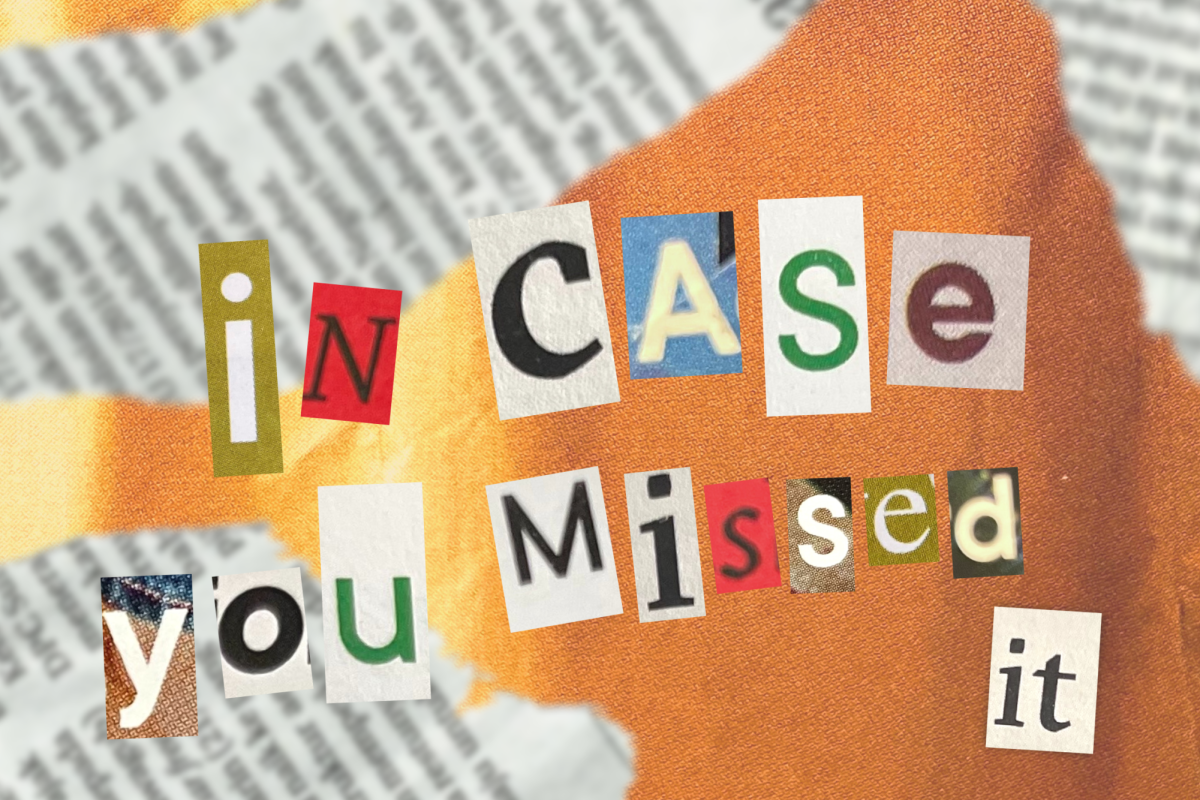
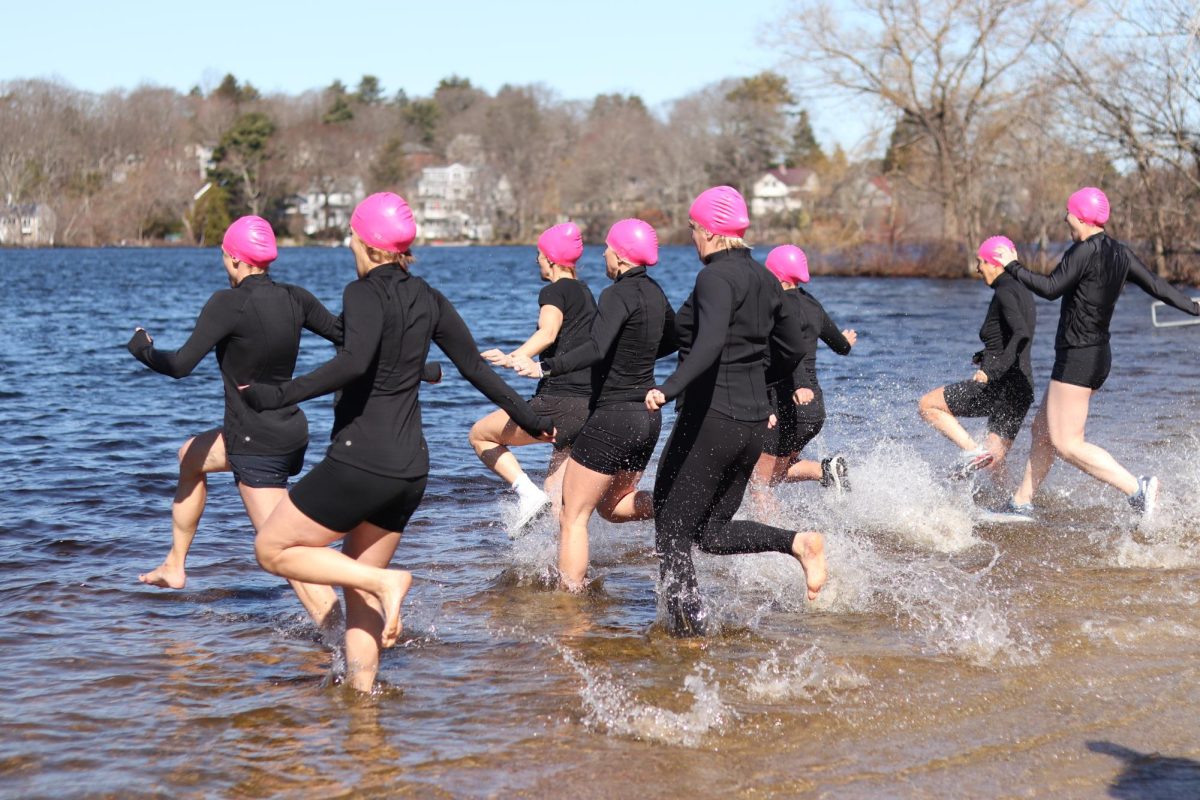
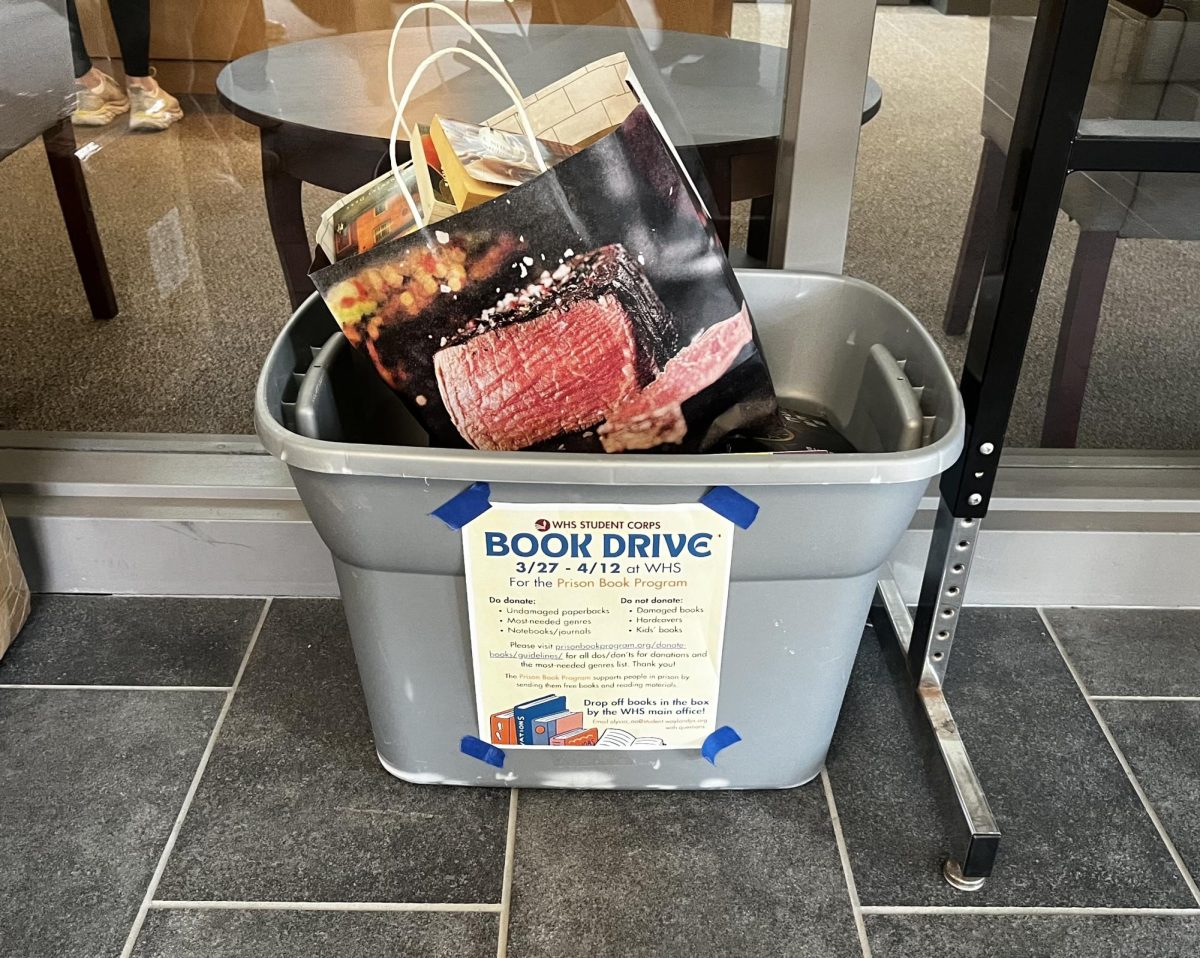

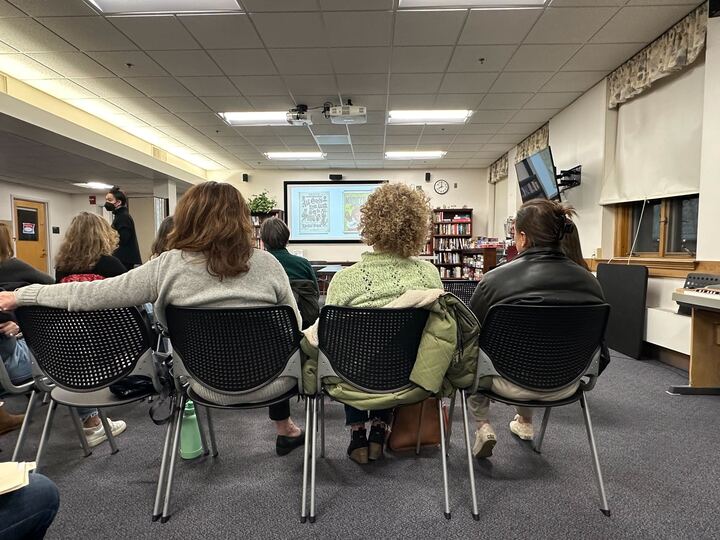

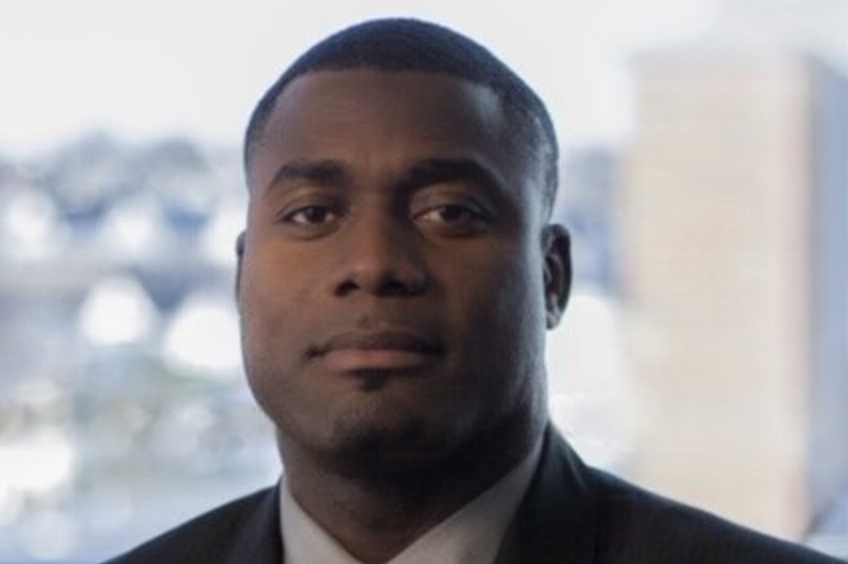

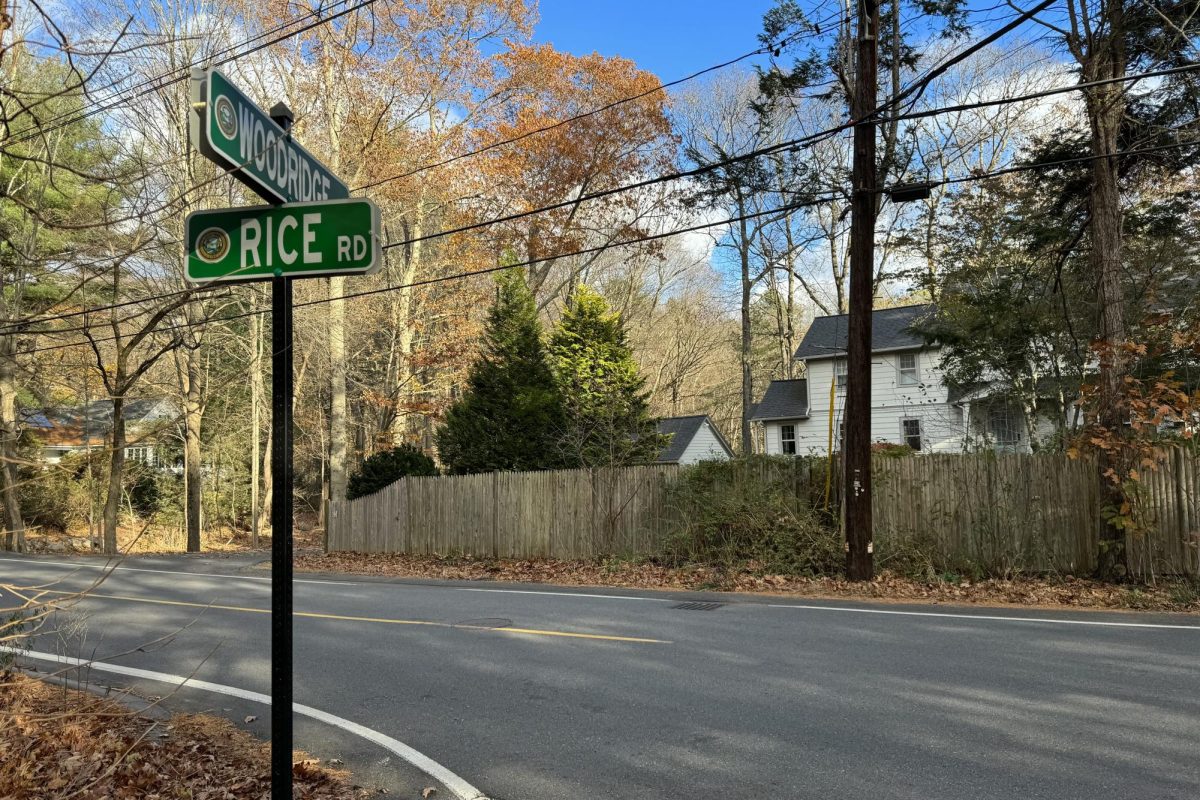
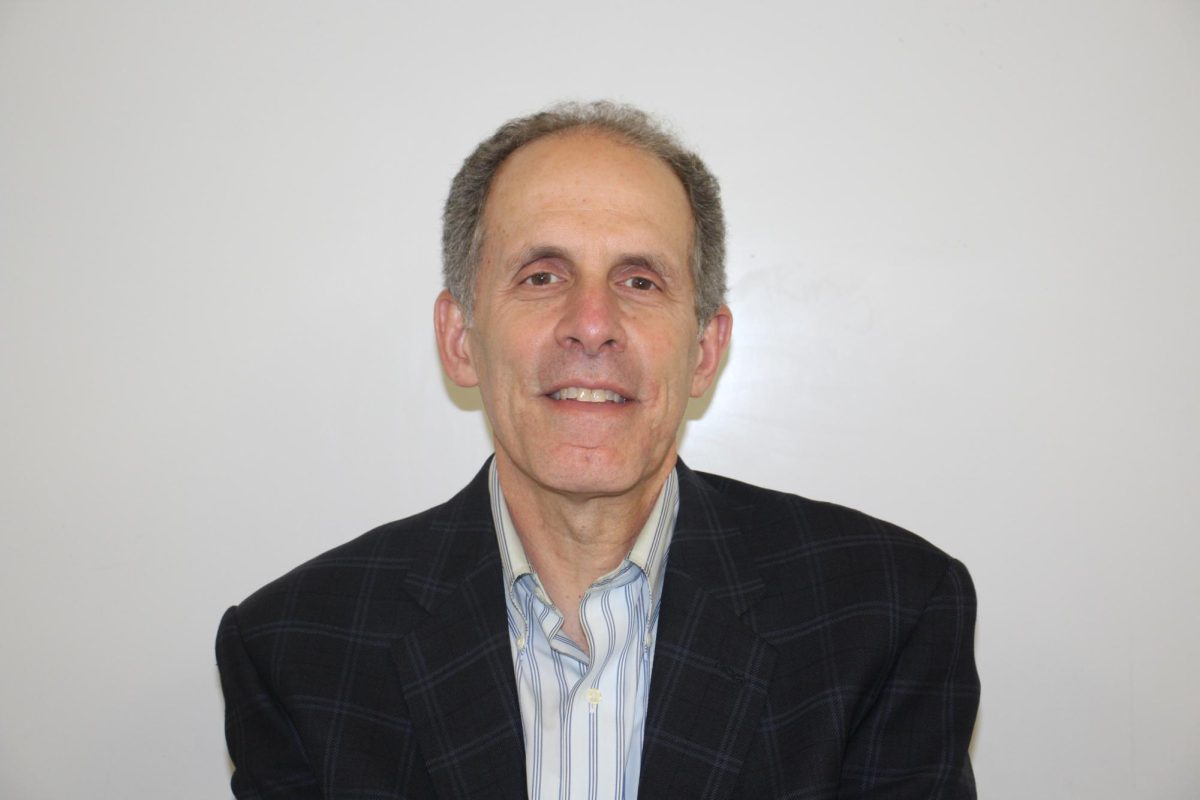
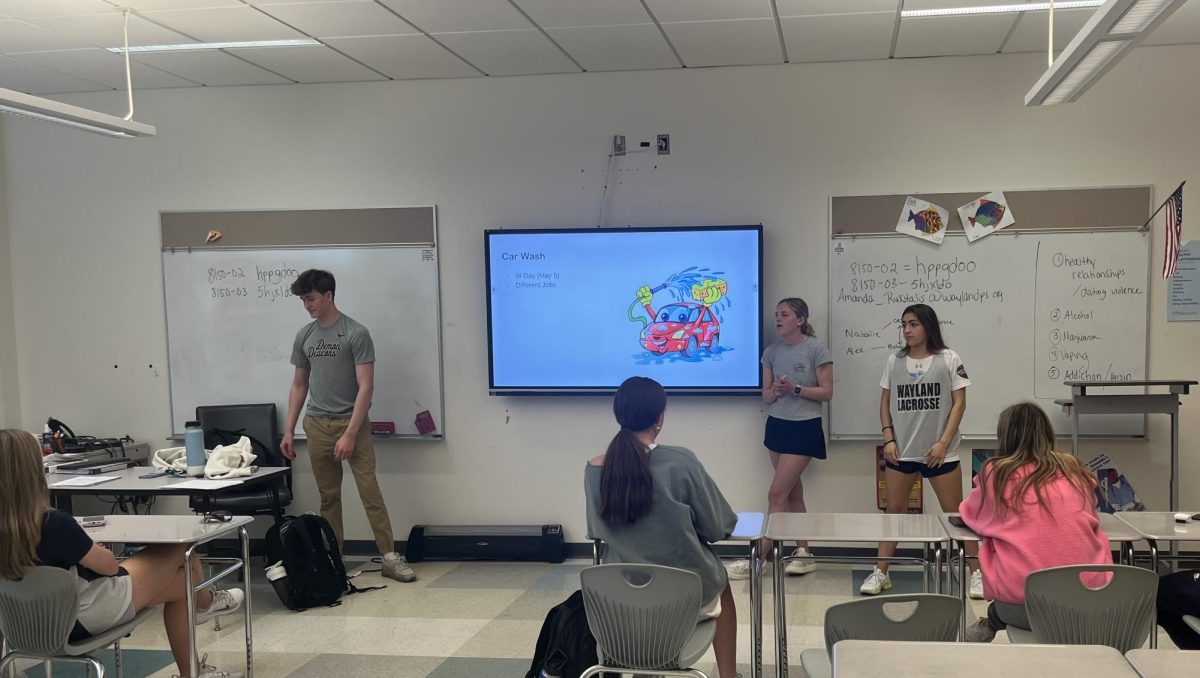



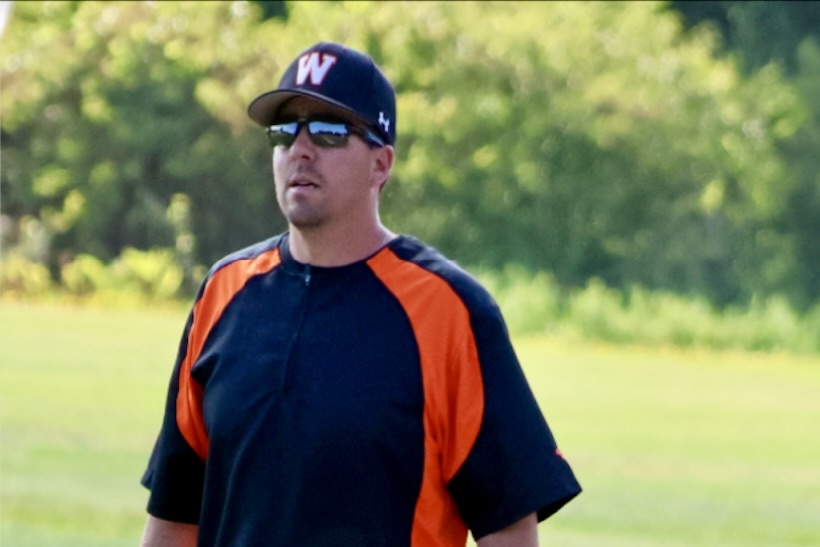
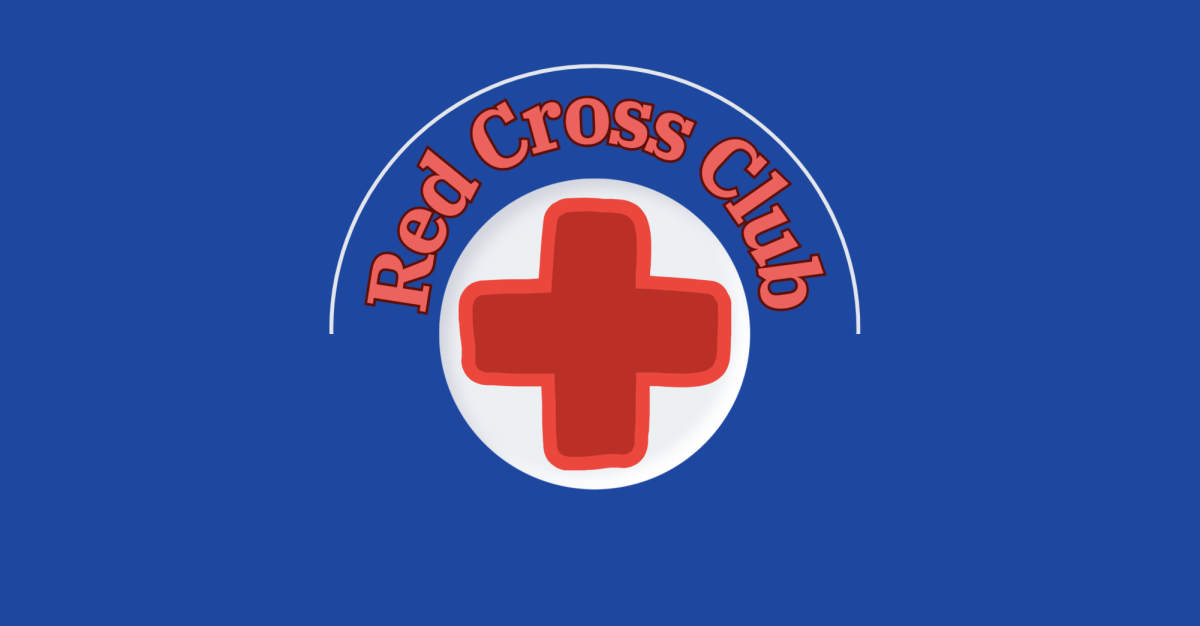

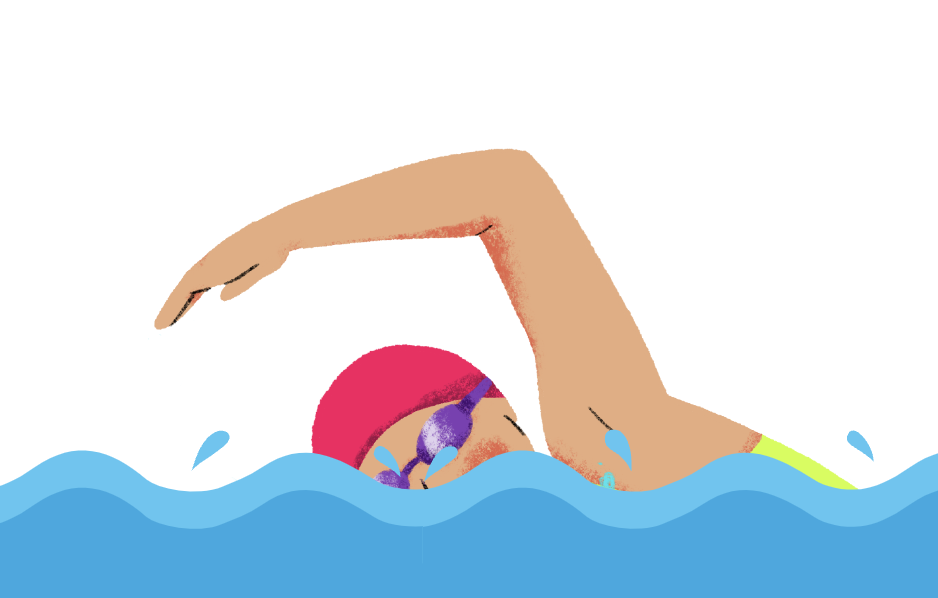

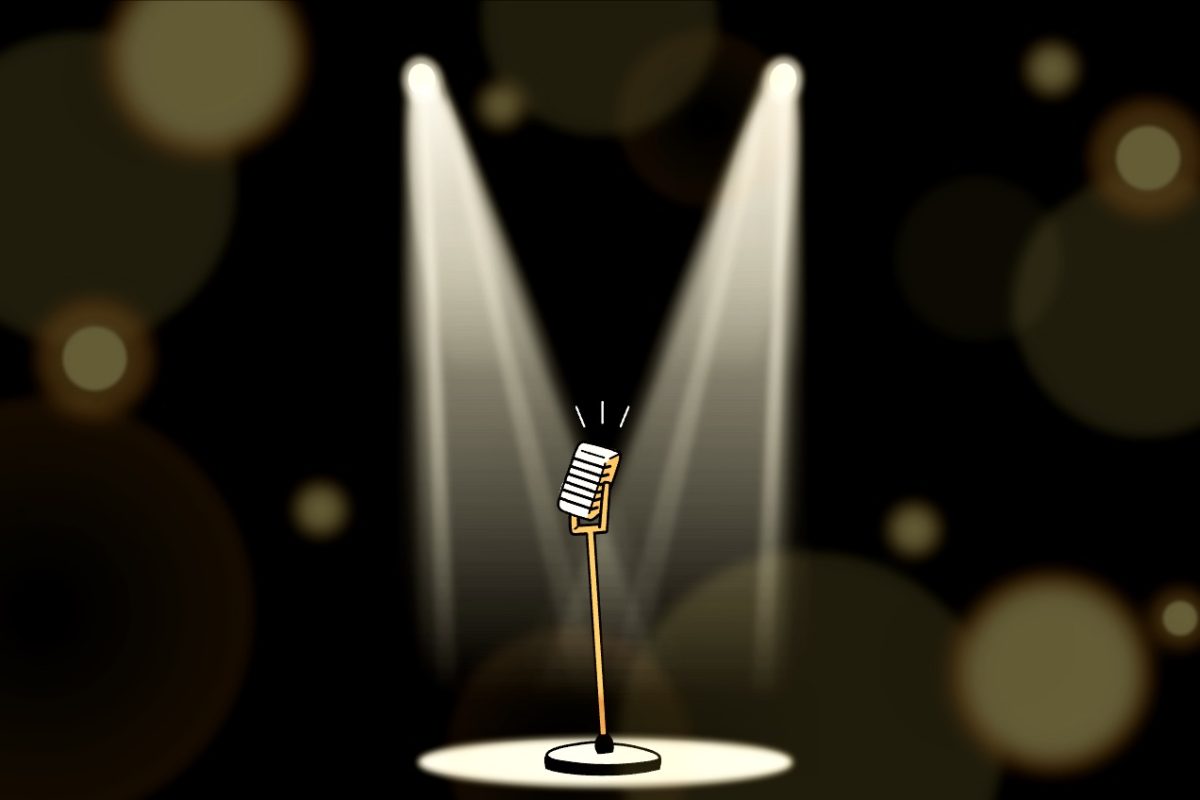

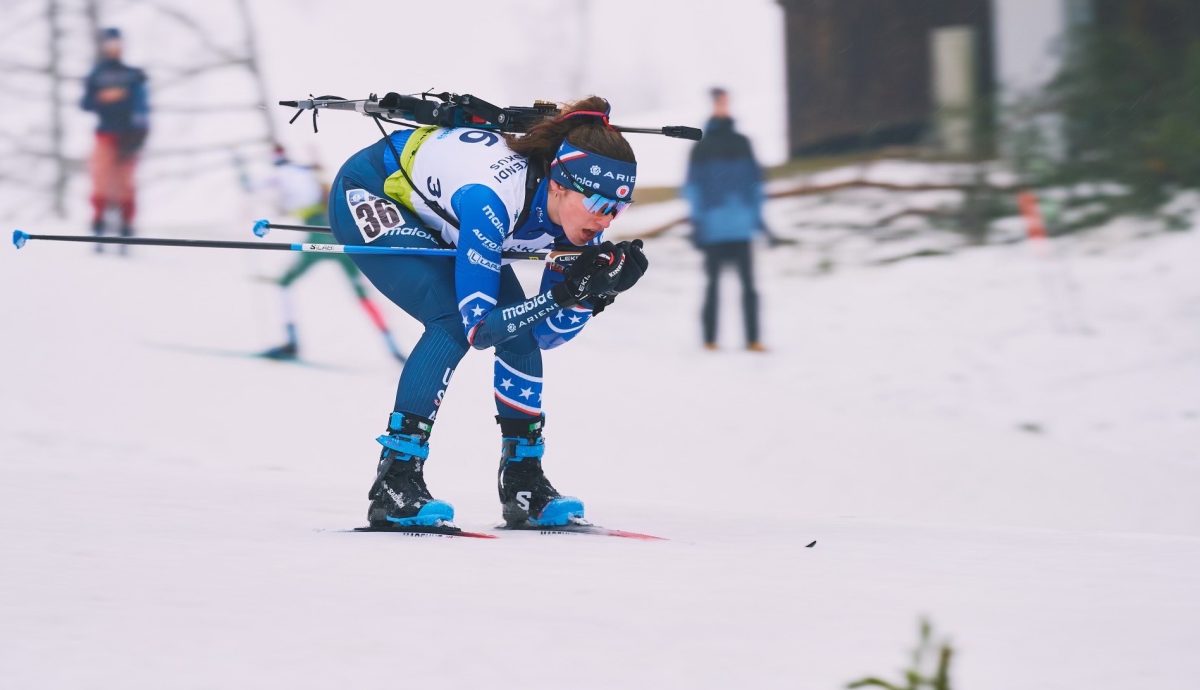
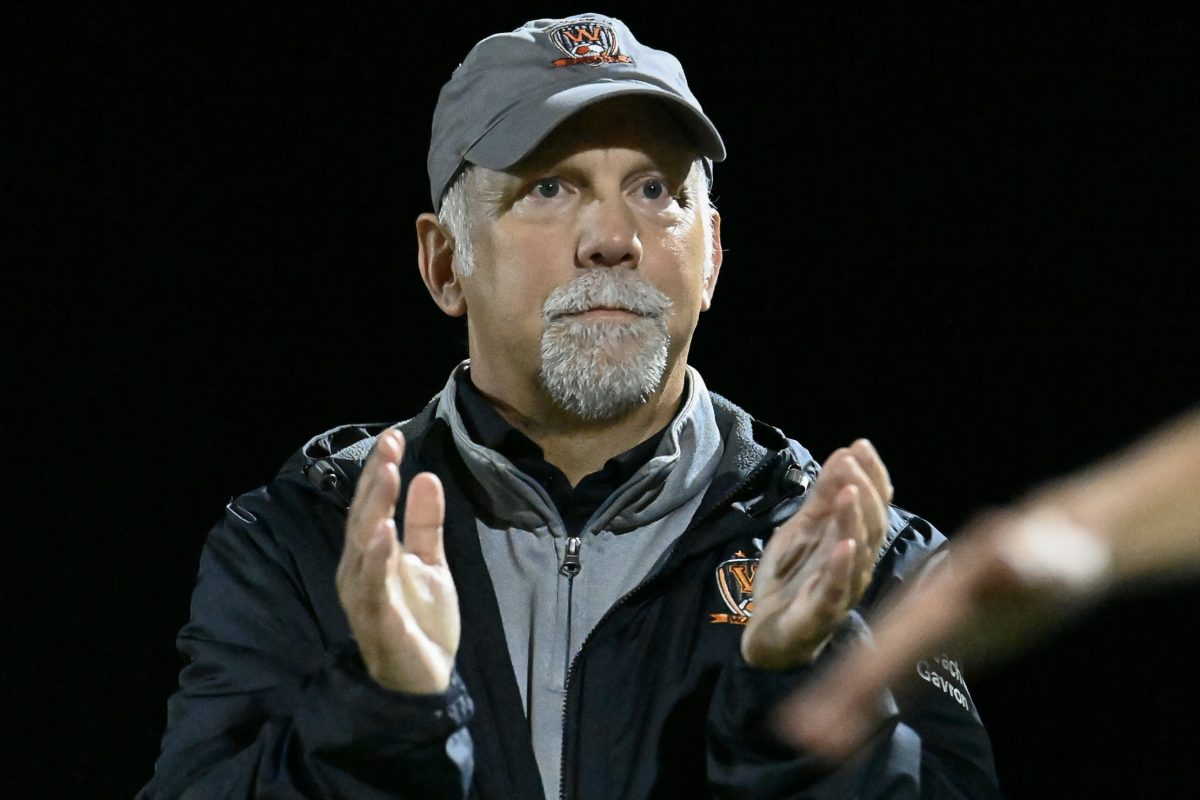
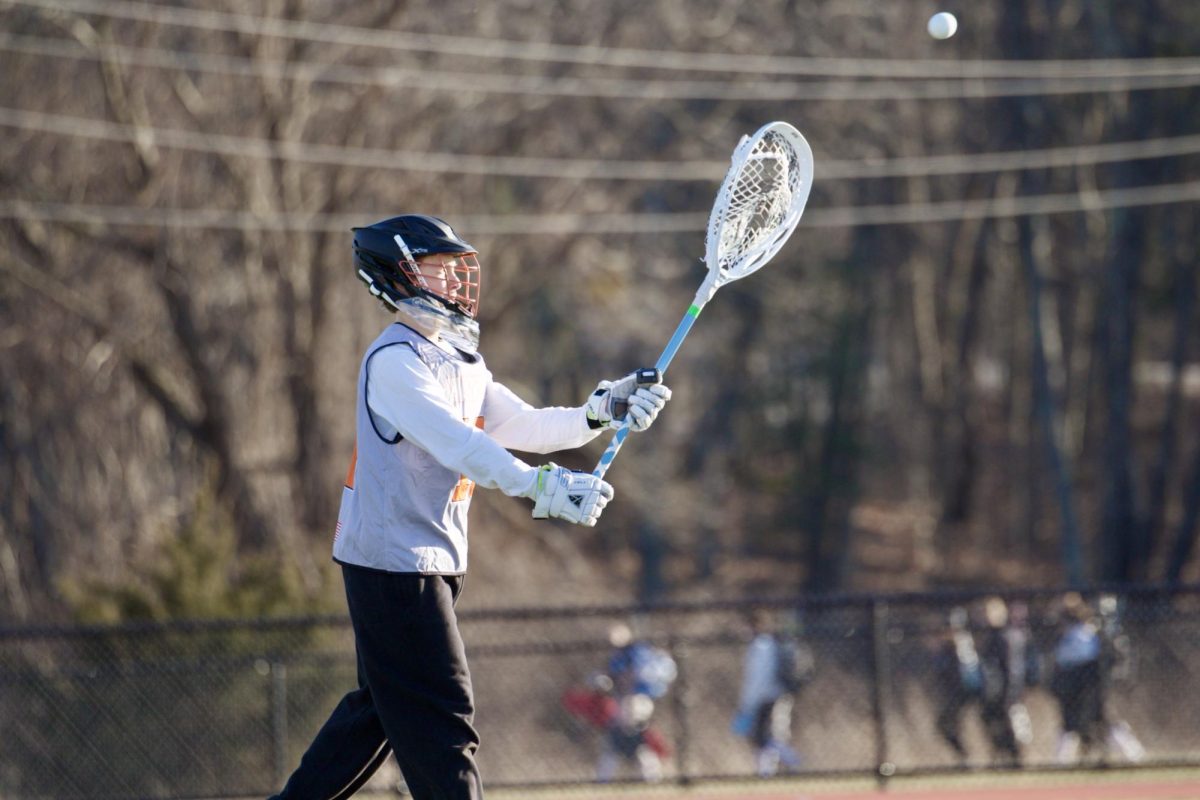
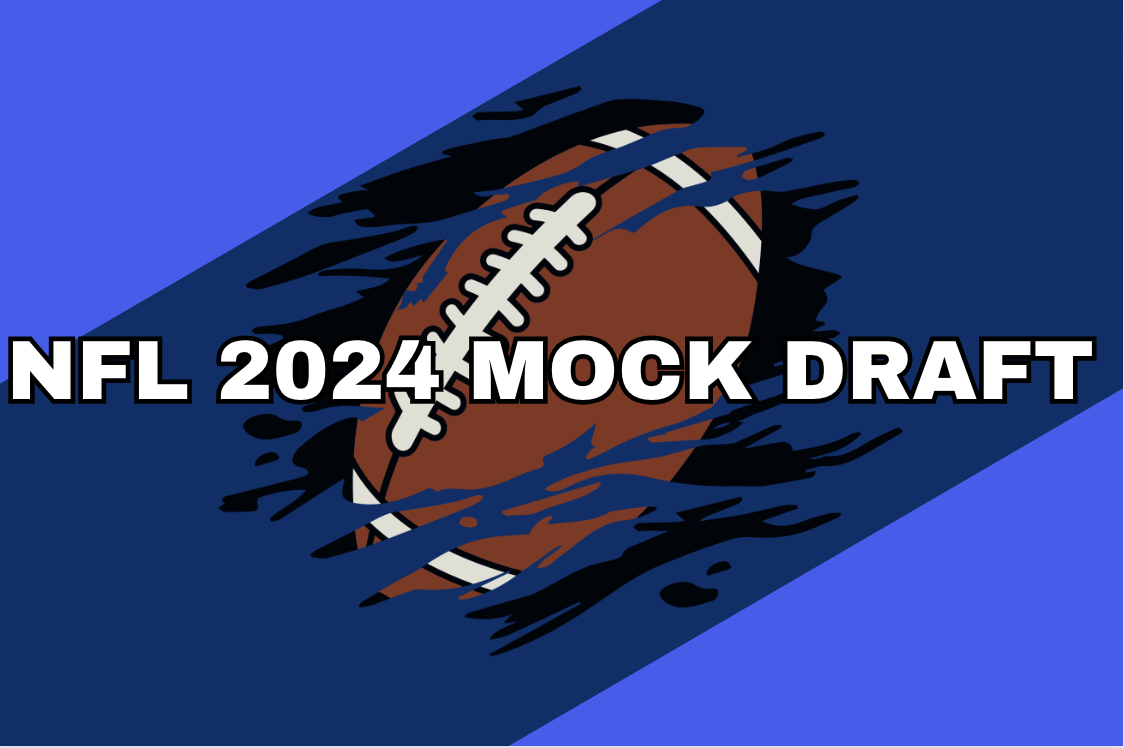
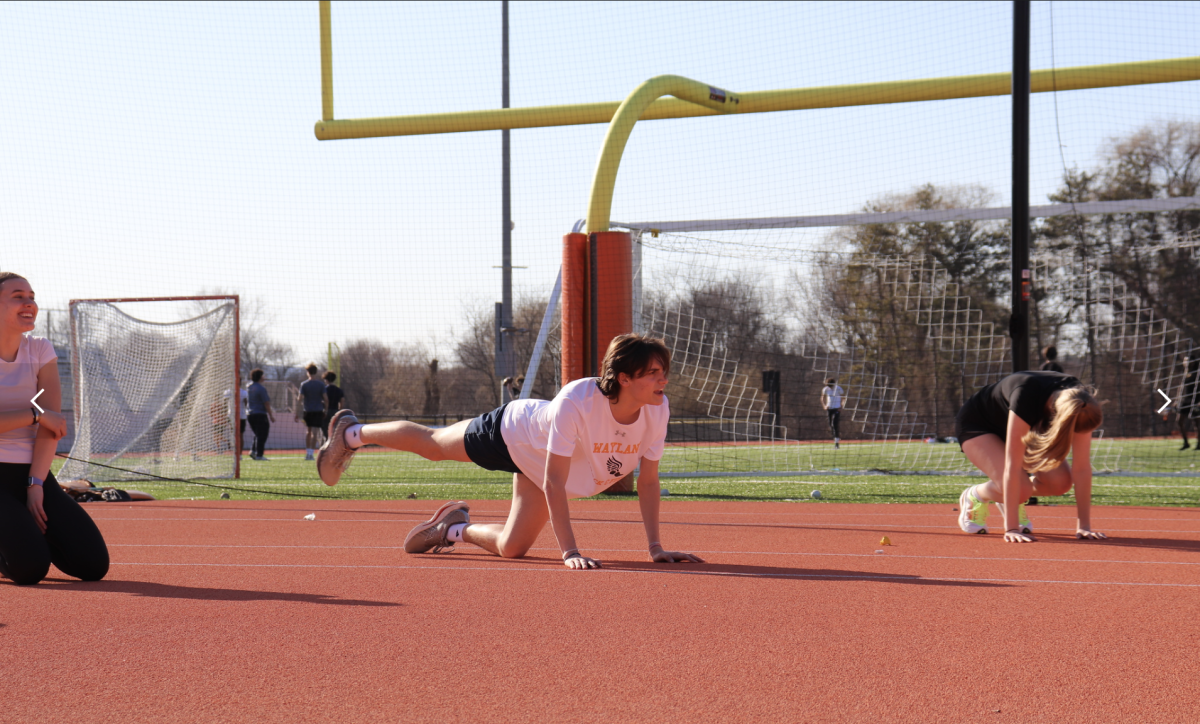
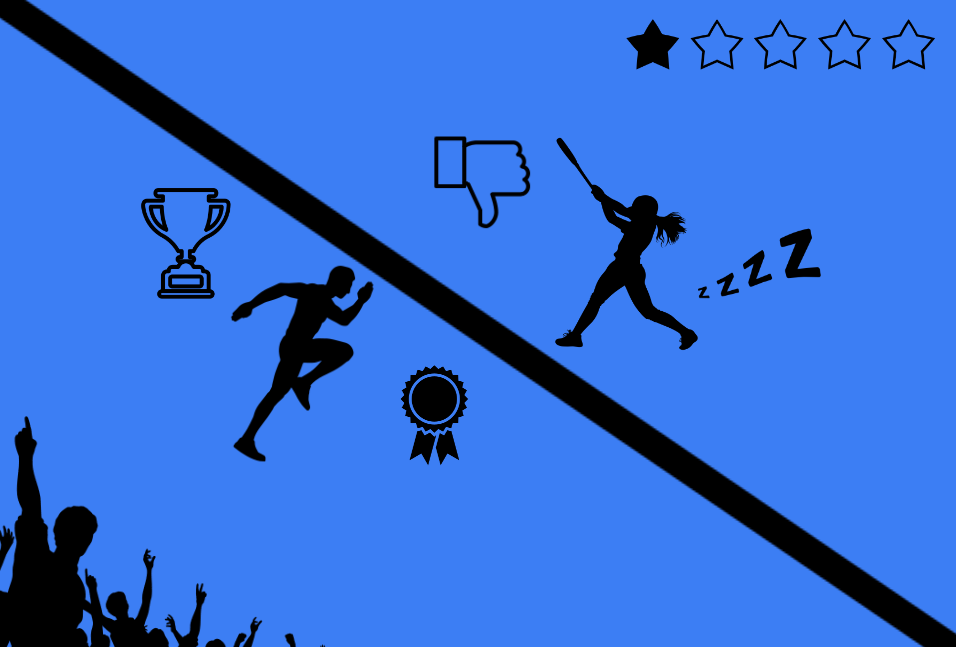
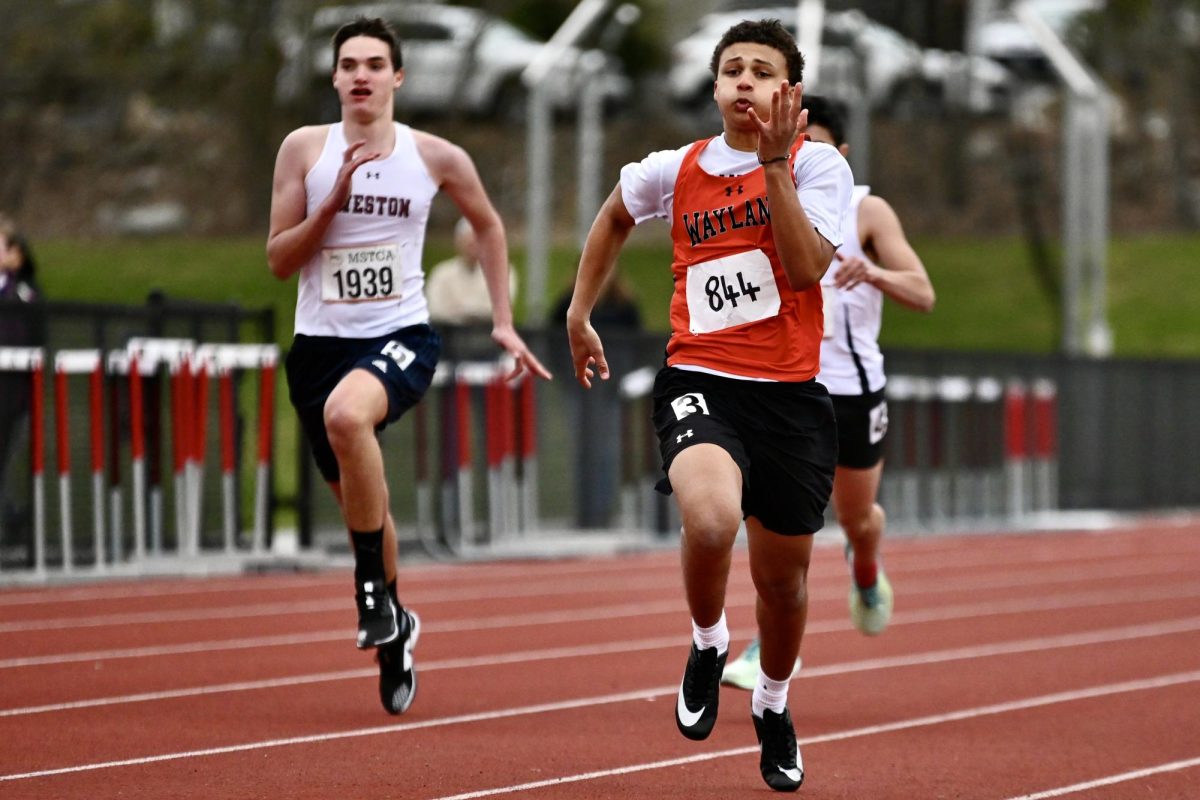
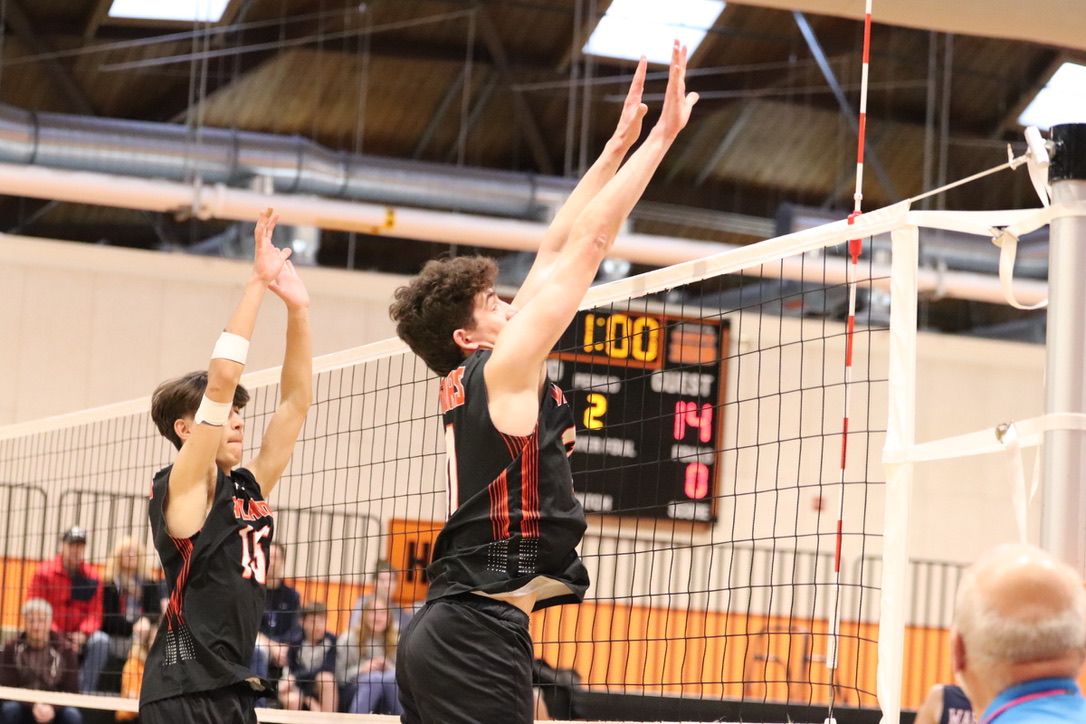
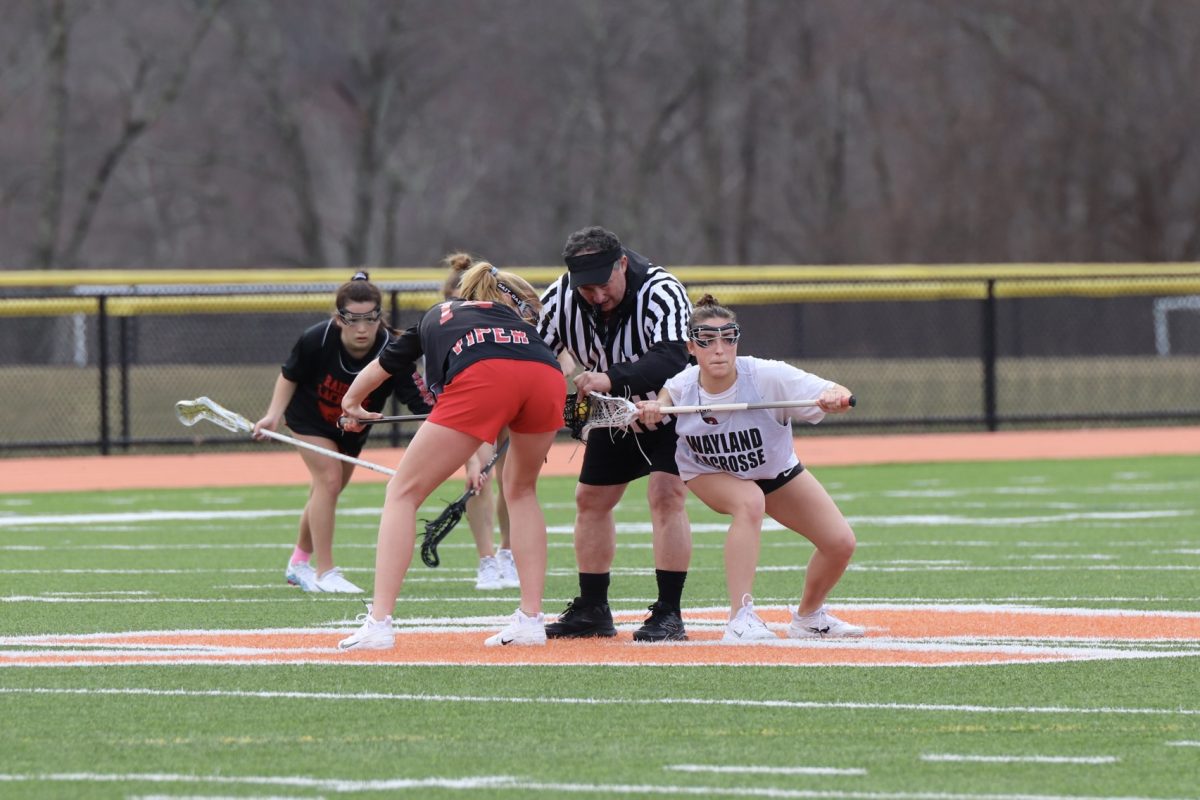
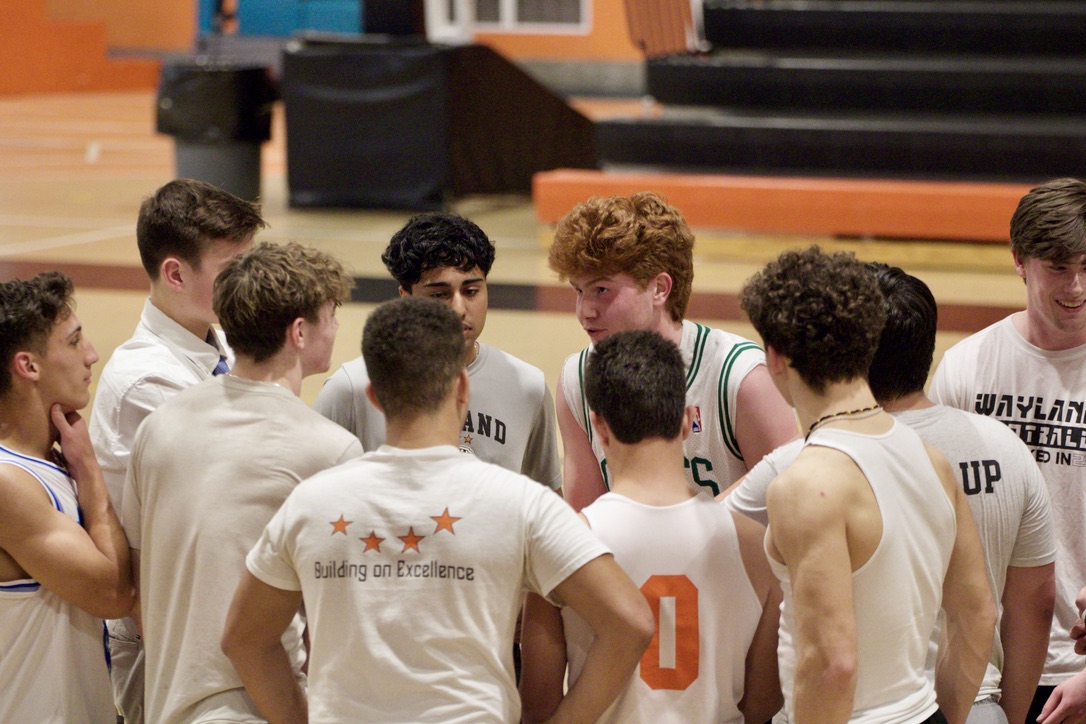
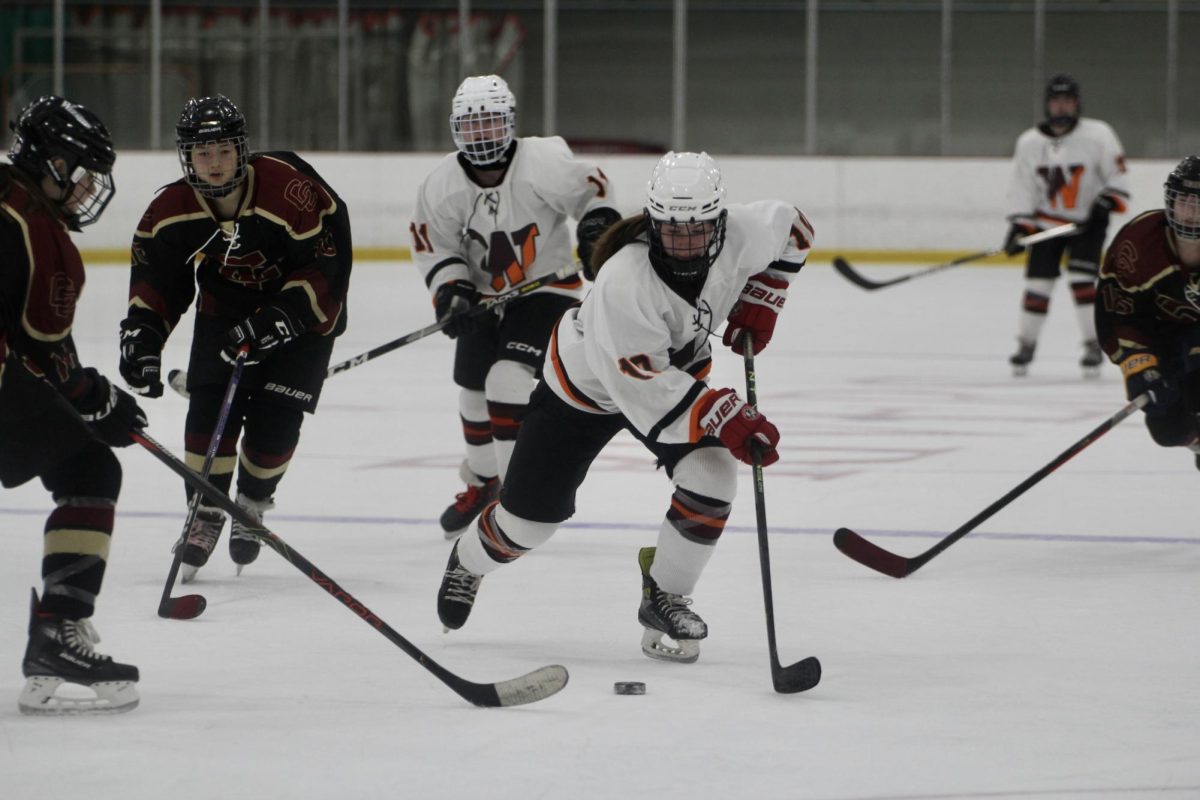



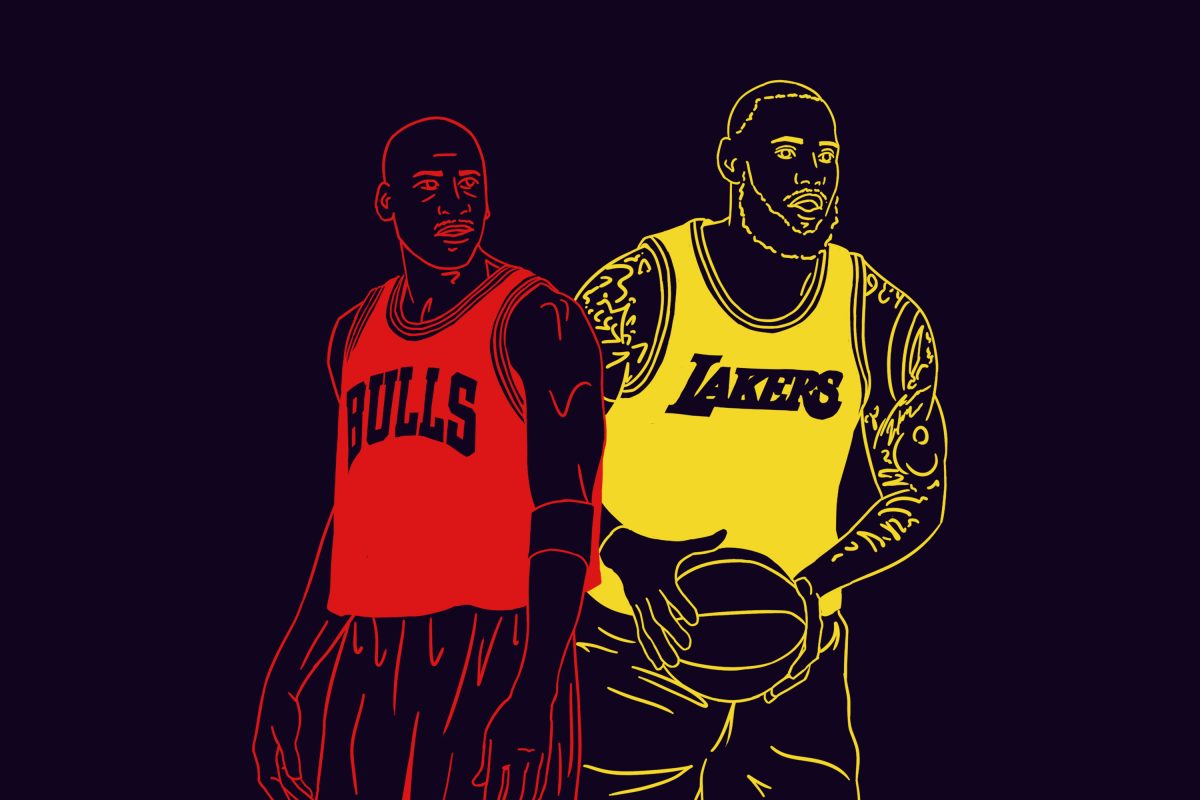
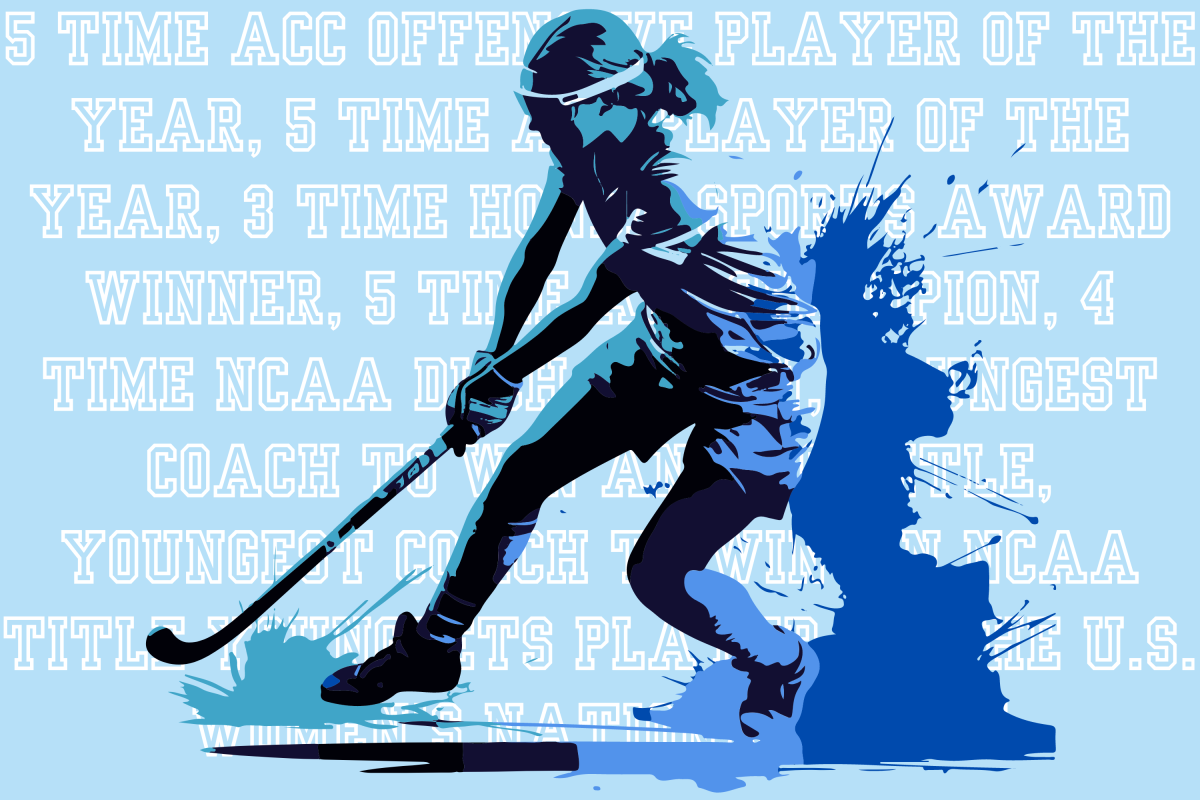
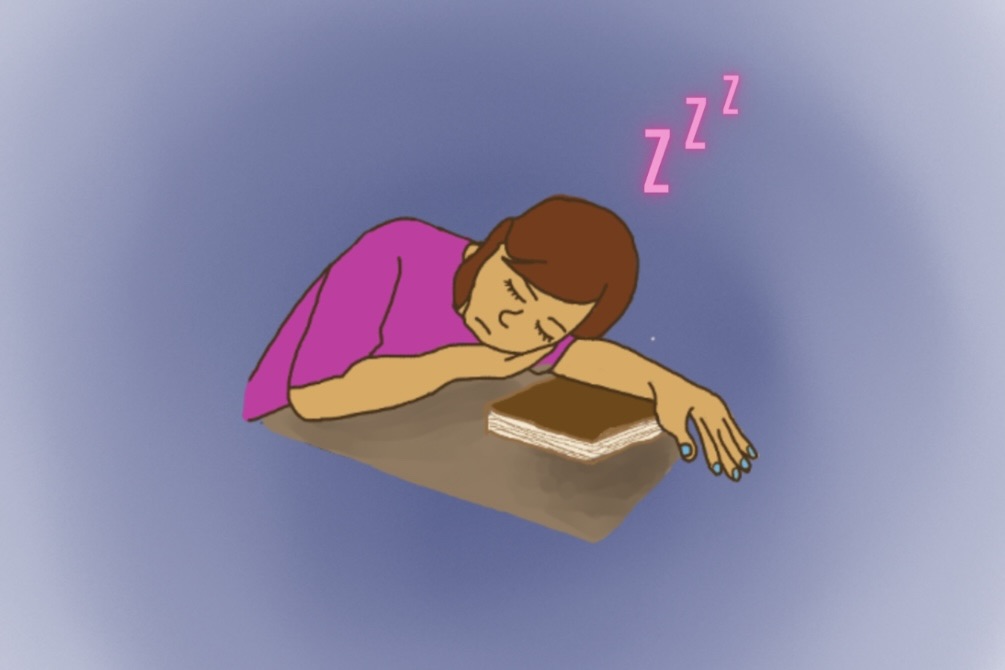
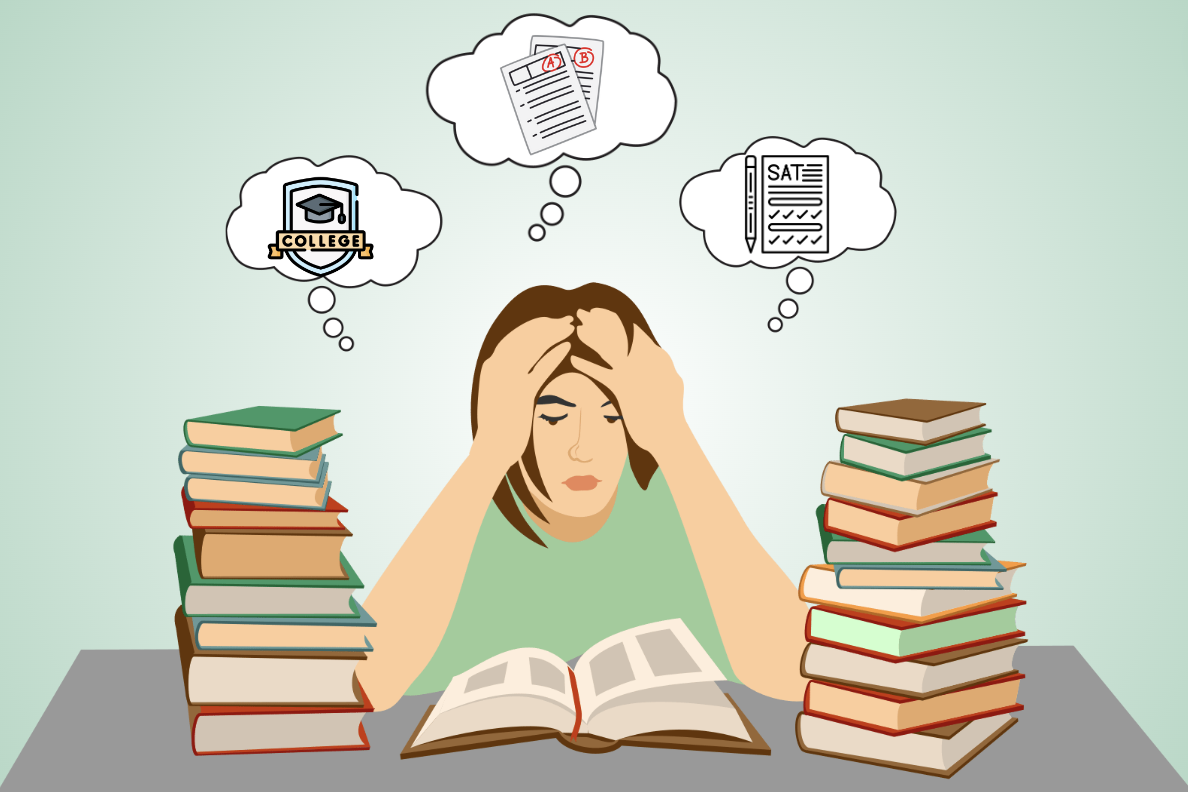
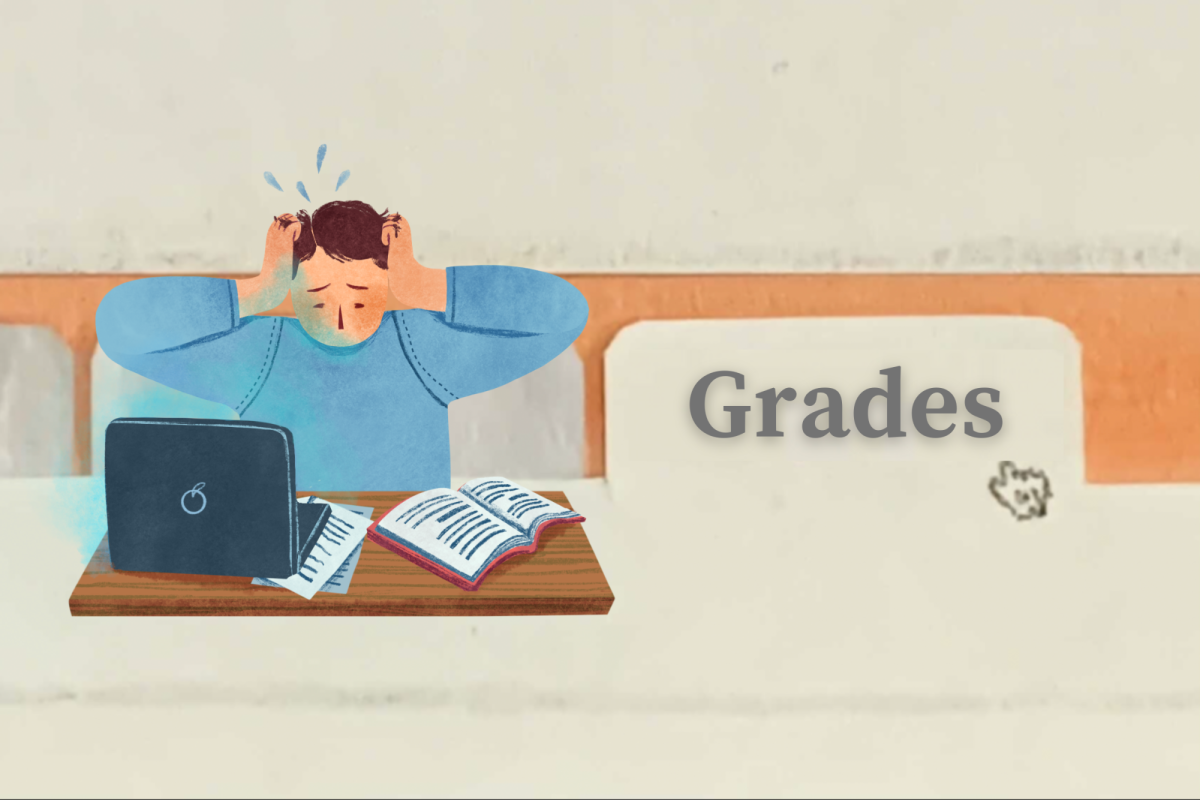

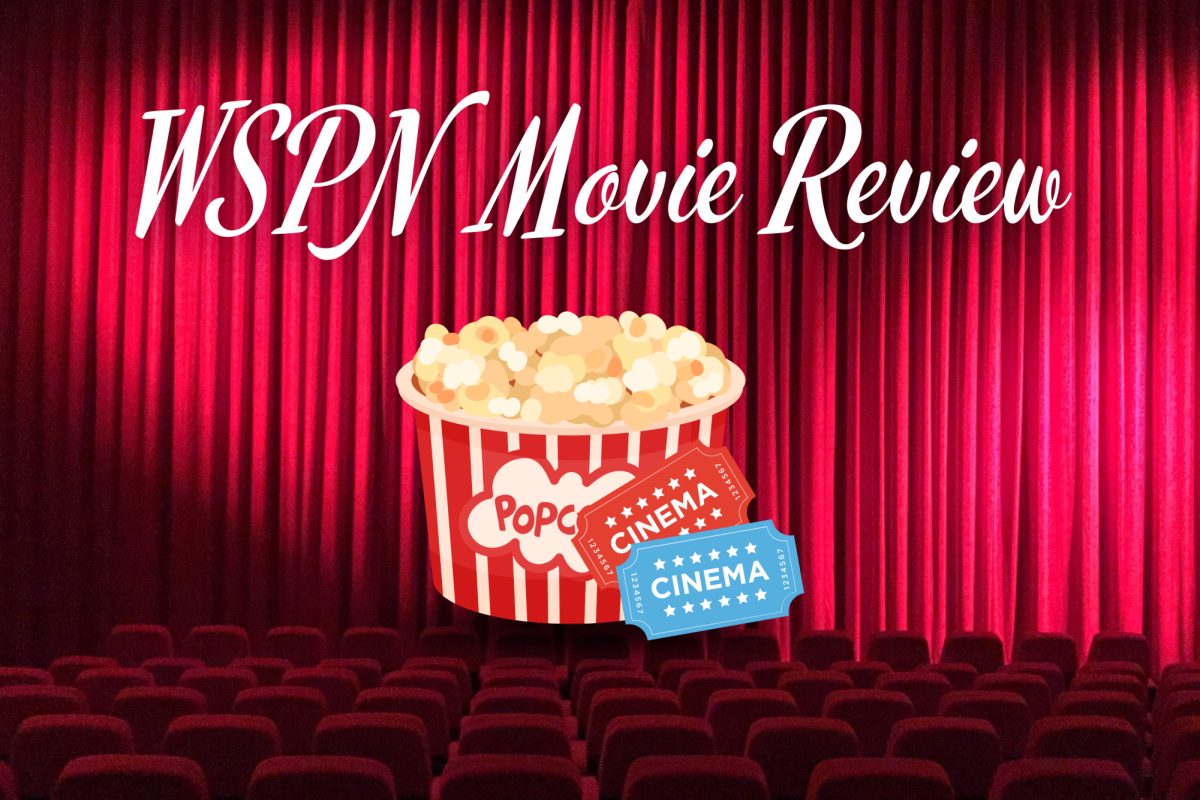


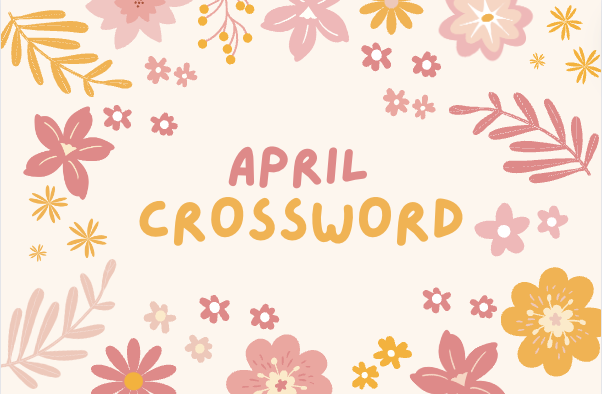
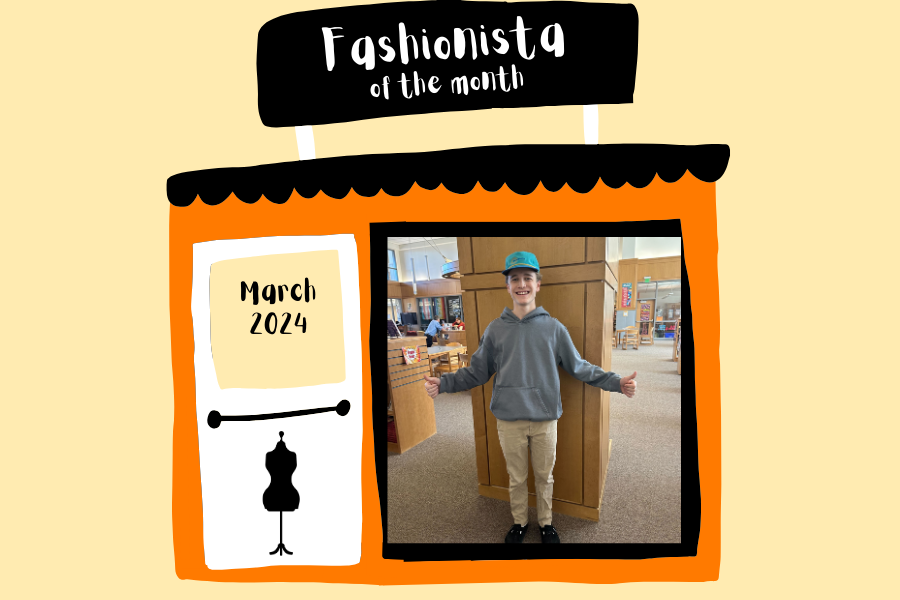




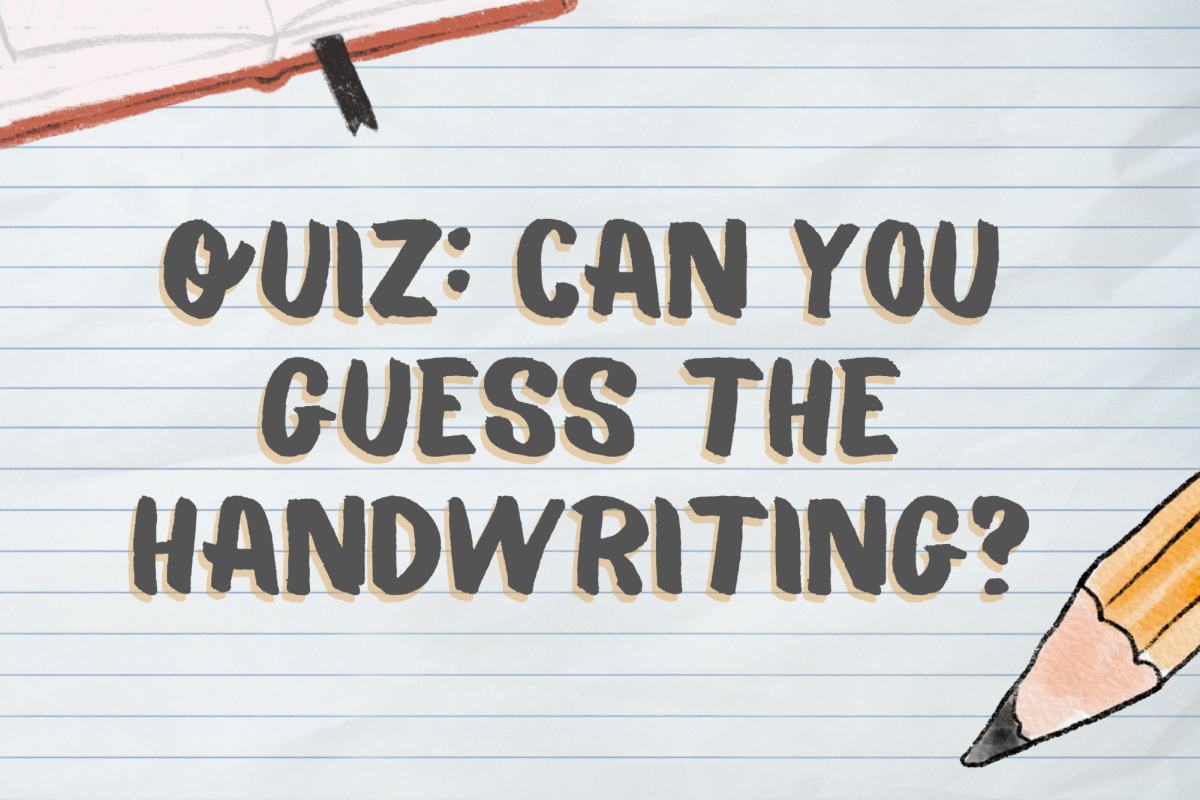
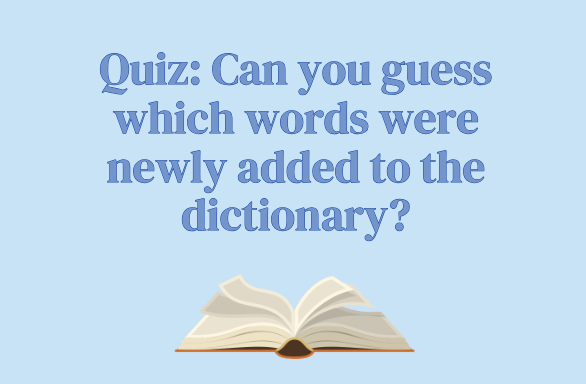

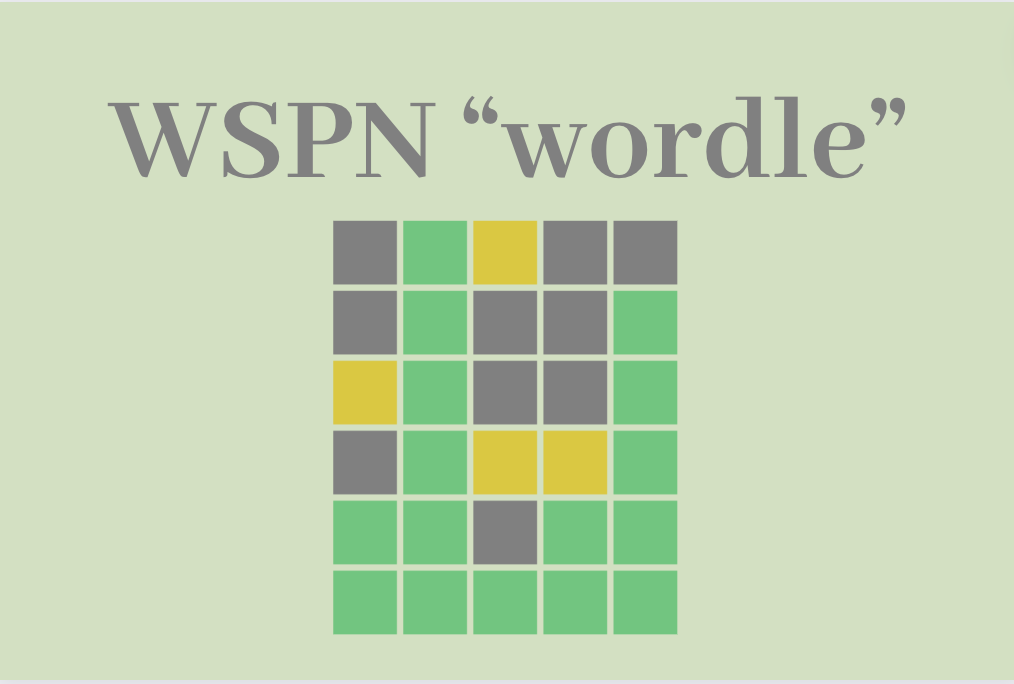






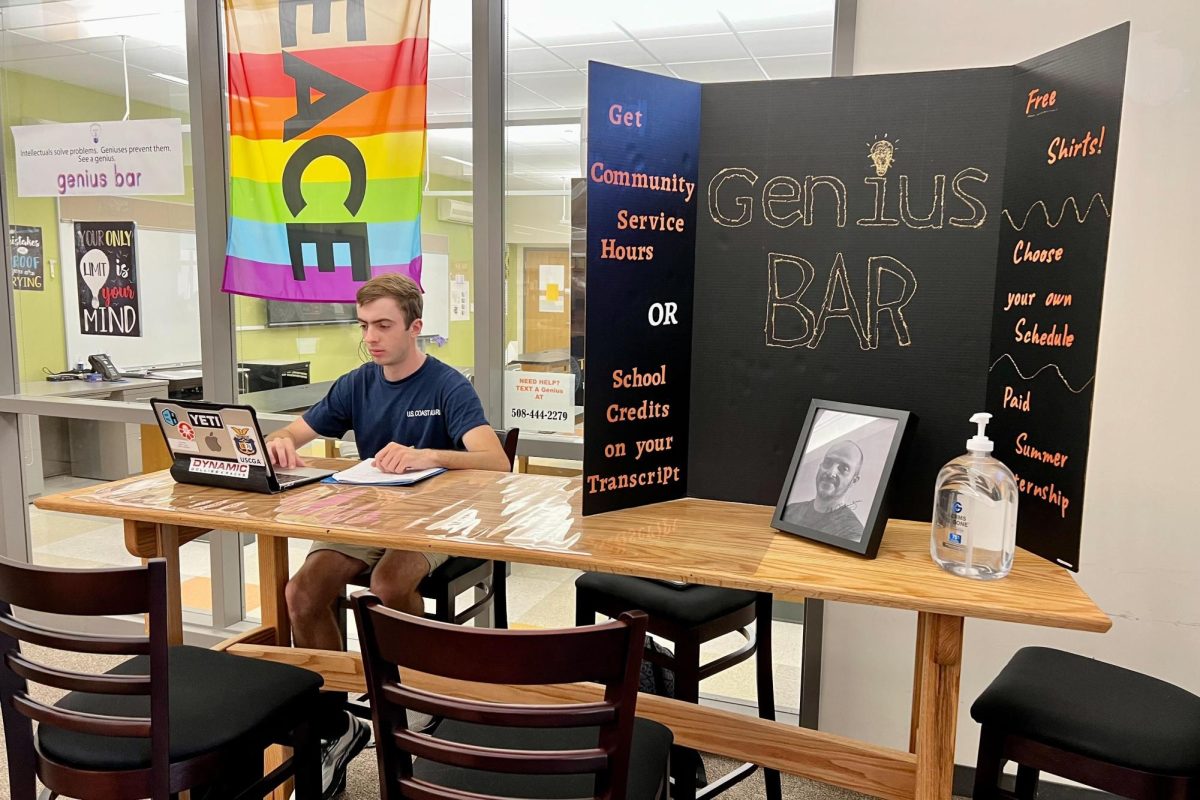

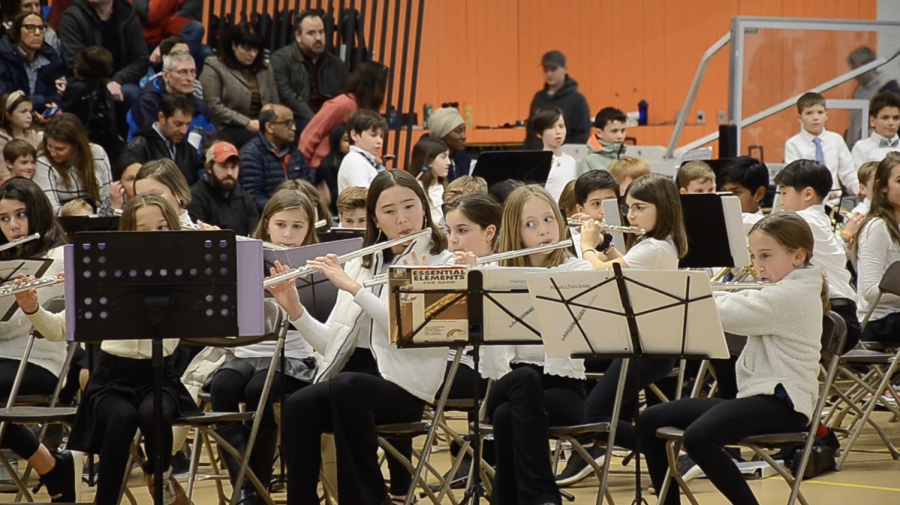



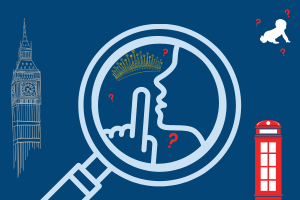










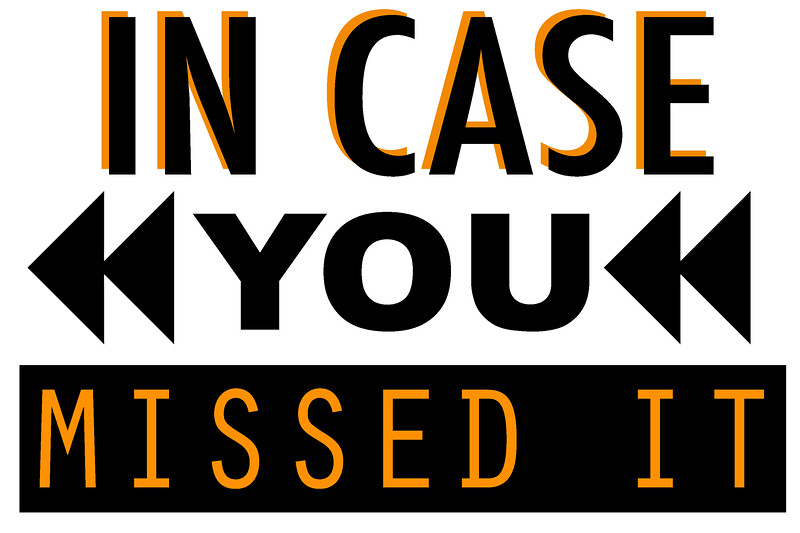



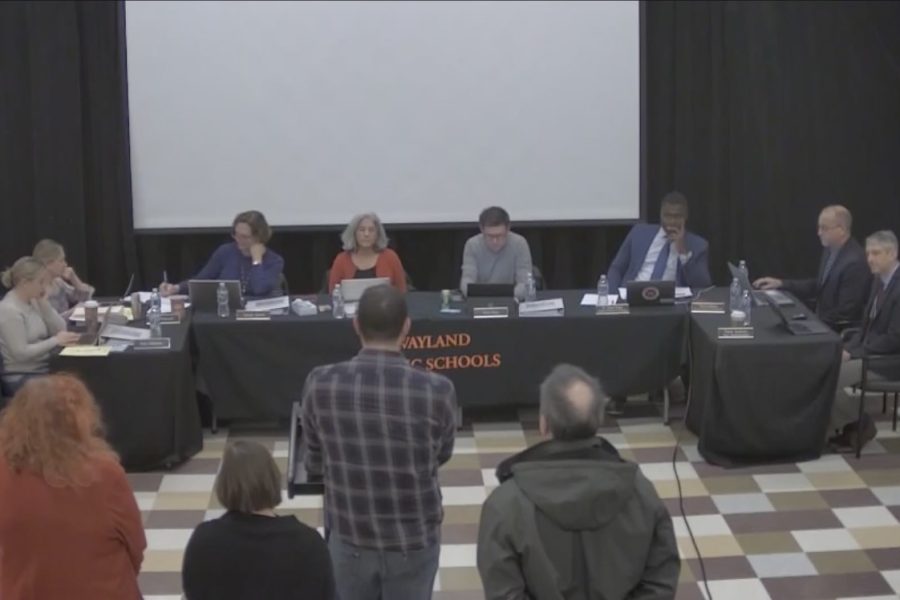
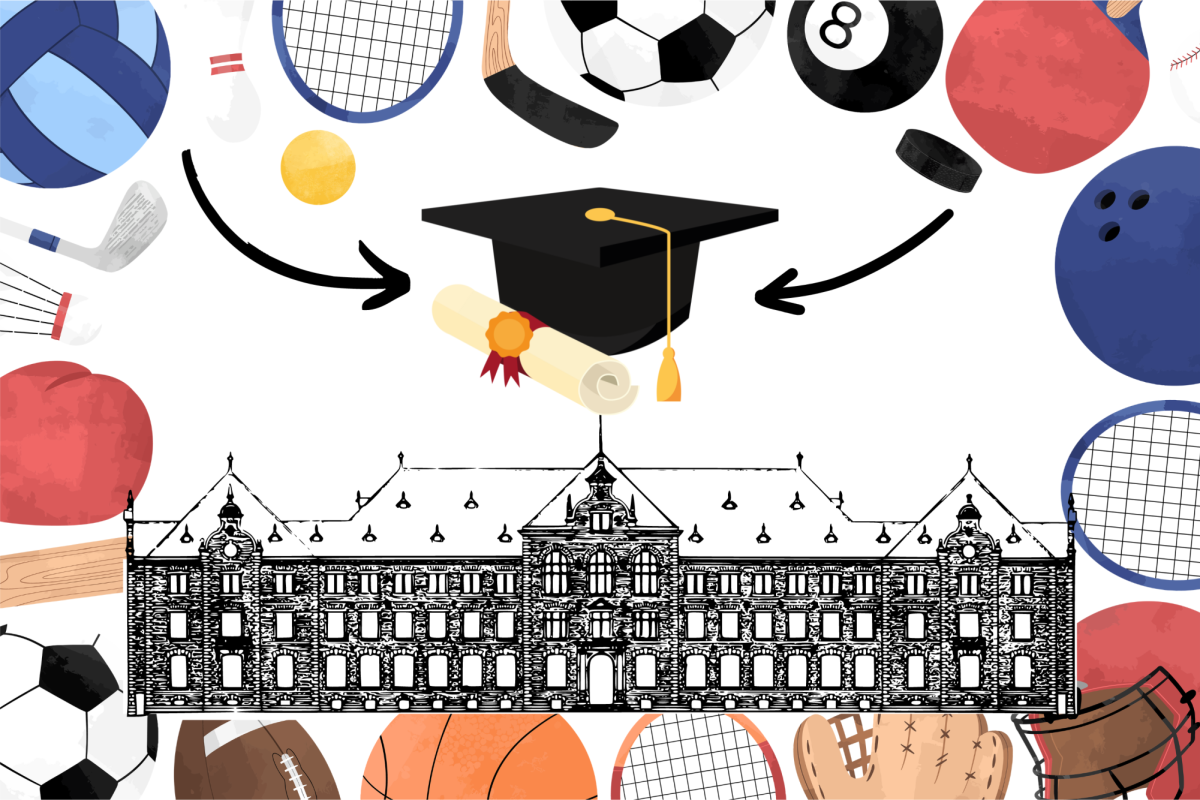
anonymous • Dec 7, 2009 at 8:36 PM
This is a well-written, informational article. Good job!